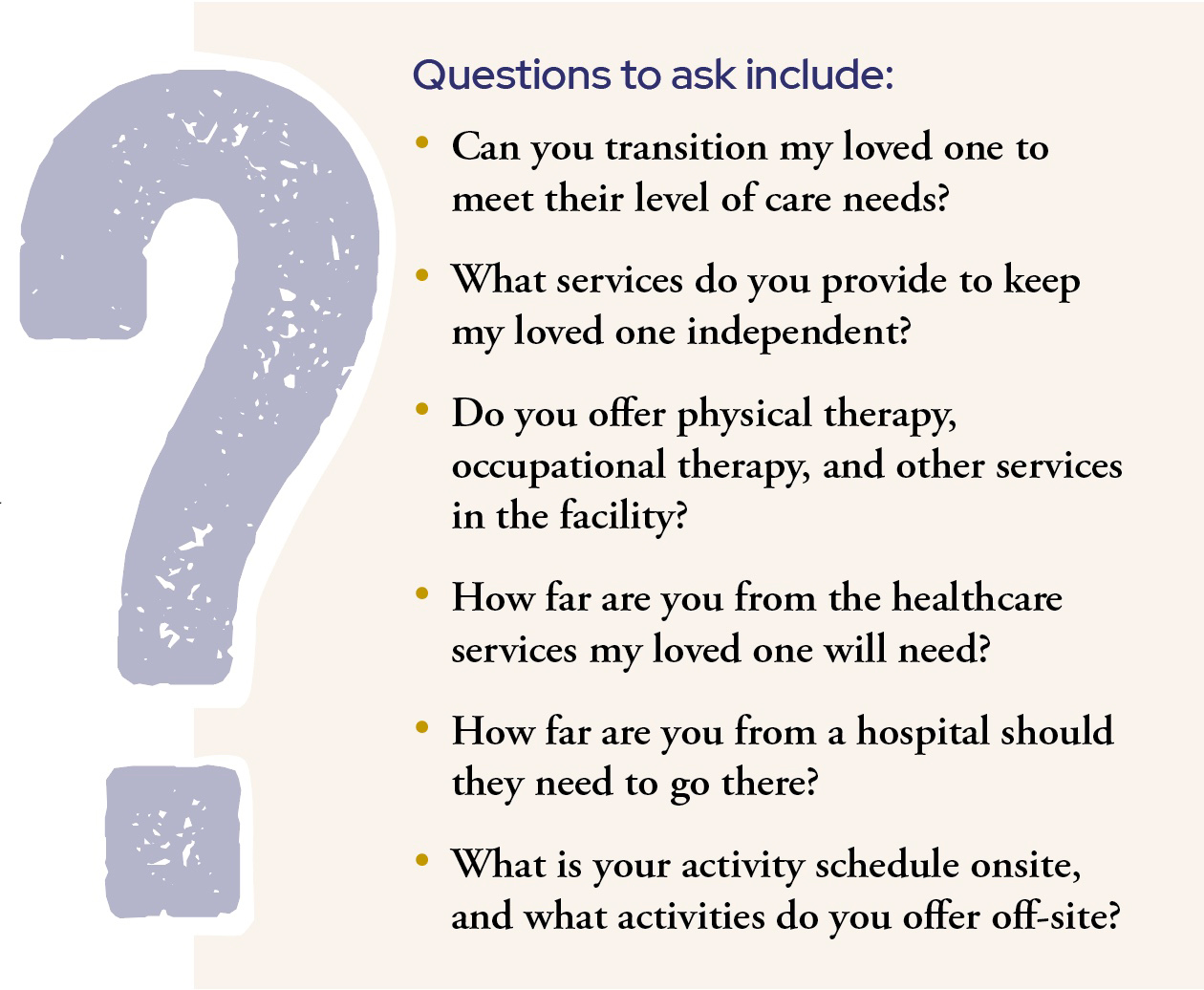
Cathy specializes in health, mental health, and human behavior. She connects with readers in an insightful and engaging way.
How to vet care facilities — and make a decision under pressure
Fact checked by Catherine Gianaro
What happens when an older adult leaves the hospital but still needs care? Generally, the person or their loved one has to choose among assisted memory care, skilled nursing (a facility that offers care from licensed nurses), home care, rehabilitation, or sub-acute care (which requires specialized tools or treatments). They often have a short window of time and sparse information to select a facility.
So how does the person or their loved one make such a serious — and potentially costly — decision?
“In the private pay world like independent living or assisted living or home care, there is no mandatory reporting needed, so there’s no way to benchmark them except for people’s opinion posted on Google articles or Care.com,” says Peter Miska, regional director of program development for Elite Care Management in Naperville.
For caregivers, this lack of information can make it difficult to assess if a facility offers quality care for your loved one. When the hospital provides a list of unvetted options, here are some ways to determine the right match.
Check for accreditation
First, find out if the facility is accredited by an outside organization such as The Joint Commission, which offers accreditations to thousands of hospitals and healthcare organizations if they meet quality and safety standards of care.
“If you are not Joint Commission-accredited or [you don’t] have some kind of a quality-accredited body, you can’t bill Medicare and Medicaid [and other] insurers,” Miska says.
In 2023, The Joint Commission expanded its certification to independent and assisted living memory care facilities. This means the facilities pay the Joint Commission to assess if they are in compliance with safety measures.
You can search for healthcare organizations that received the Commission’s Gold Seal at qualitycheck.org.
Research staffing numbers
Staffing is the most important component to assess in higher level of care, says Andrea Donovan, certified care manager and owner of Andrea Donovan Senior Living Advisors in Inverness, Illinois.
Before the pandemic, Donovan says appropriate ratios were:
· 1 certified nurse assistant (CNA) for every 8 to 10 residents for assisted living
· 1 CNA for 5 to 7 residents in assisted living memory care
· 1 CNA for every 12 to 15 residents in skilled care
“The pandemic diminished the pool of qualified individuals who want to work in the long-term care industry. The result is that you have ratios that are a lot higher now,” Donovan says. Long-term care communities have had to resort to hiring agency staff to fill gaps.
“Unfortunately, agency employees don’t have a long-term relationship with the residents, nor do they know their medical history. This often results in poor care. So, when searching for a long-term care community for a loved one, you first want to ask about the ratio of staff-to-residents,” Donovan says.
She suggests asking explicitly about the ratio of employees who are providing hands-on care to the residents. “You don’t want a ratio that [includes] staff who don’t provide care. In addition, you will want to ask what percentage of the employees are from an agency,” Donovon says.
She also looks at the community’s census to find out how full the facility is. “If there are a lot of empty rooms, that may be an indication that something has occurred to cause the vacancies,” she says.
Understand the level of care provided
While the aesthetics of a long-term care community might jump out at you, Donovon says they should not be the most important factor. Rather, the type of care a facility provides should be the priority.
Miska agrees. He recommends prioritizing a facility that can provide the level of care that your loved one needs now as well as what they will need in six to 12 months from the time you are researching.
While touring the facility, Donovon suggests sampling the food, too. “Considering the resident will be eating three meals a day in a long-term care community, bad food can make a transition that is already difficult even worse,” she says.
And don’t overlook how the admissions director treats you during a tour. “Their attitude is often a reflection of those held by the entire community.”
Finding the right match for your loved one after a hospitalization is a challenge — without a doubt. It takes time and perseverance. Keep your focus on your loved one, and do your diligence to find a place where your family member thrives.












